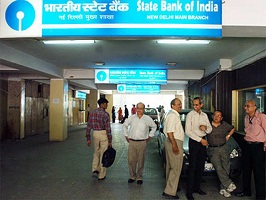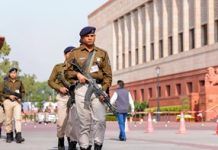A letter from a retired electrical engineer to Prime Minister Narendra Modi on the lack of fire-safety standards in banks has triggered a virtual alarm in the RBI and banks on precautionary measures.
Claiming that 75 lives are being lost daily in fire accidents in different parts of the country, Ravi Malhotra drew the attention of the Prime Minister to various fire mishaps in banks.
Though copies of the letter were also marked to the heads of all banks, Central Vigilance Commission and the Finance Ministry, it was only the PMO that took up the matter. The letter was forwarded to the Ministry of Finance for necessary action, which, in turn, sent it to the RBI. These incidents not only diminish the brand image of banks, but also cause loss of life and money,” he said in the letter.
Citing his ‘deep analysis’ of bank branches, the concerned citizen said: “I came to know that there is no standard set by banks’ head offices for electrical panels, and the empanelled architects design electrical systems in their own way.” While some banks seek the services of electrical specialists, others depend on the local electrician to save money,” he claimed.
On February 14, 2019, the Department of Banking Regulation, RBI, sent a communication to Indian Banks’ Association (IBA). In a circular sent to its members, the IBA asked banks to examine the issue and take necessary action.
Fire mishaps in banks pose a threat to the valuables deposited in lockers, data, and to the life of customers. There have been many instances of fire in banks. Some of the mishaps that occurred last year include in State Bank of India’s branches in Bhubaneshwar, Vedayapalem (Nellore District, Andhra Pradesh), and at United Bank of India, Kharavela Nagar branch, in Bhubaneshwar. In 2014, a major fire broke out in a heritage building of SBI in Rajaji Salai in Chennai, which housed three branches. A recent study conducted by FICCI and Pinkerton identified fire as the second major risk to infrastructure. It remains to be seen if the directive from the central bank leads to concrete measures








